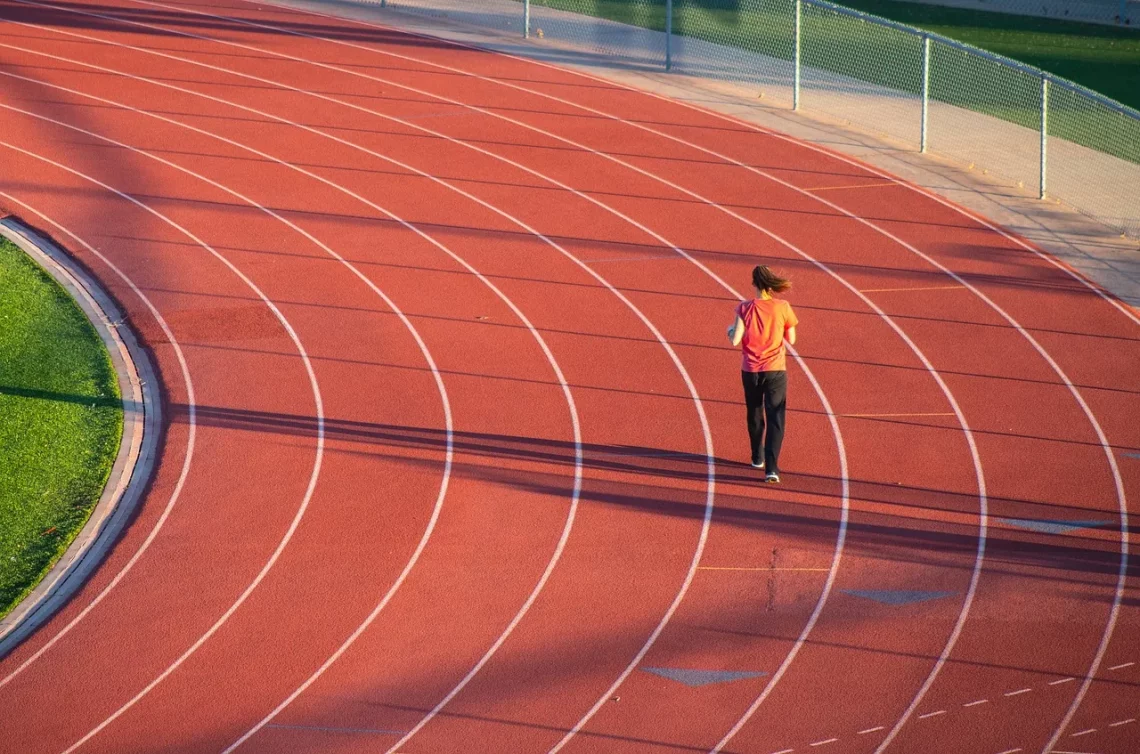
Optimal Leg Press Foot Placement for Targeting Glutes Effectively
The leg press is a staple exercise in many strength training routines, particularly among individuals looking to build strength and size in their lower body. However, achieving optimal results from this exercise requires more than just loading weights and pushing. One of the most crucial aspects of the leg press is foot placement, which can significantly influence which muscles are engaged during the movement.
Understanding how foot positioning affects the activation of different muscle groups, particularly the glutes, can enhance the effectiveness of your workouts. Many people underestimate the role that simple adjustments in foot placement can have on muscle engagement and overall performance. The lower body is a complex system, and a nuanced approach can yield impressive results.
Moreover, as more individuals become aware of the importance of glute training—not just for aesthetics but also for functional strength and injury prevention—the need to master the leg press becomes even more significant. Whether you’re a seasoned lifter or just starting your fitness journey, knowing how to position your feet correctly can make a world of difference in achieving your goals. This article will explore the various aspects of foot placement in the leg press and how to maximize glute activation through strategic adjustments.
Understanding Muscle Activation in the Leg Press
Before diving into foot placement specifics, it’s essential to grasp how the leg press engages different muscle groups. The primary muscles targeted during the leg press include the quadriceps, hamstrings, calves, and glutes. Each of these muscles plays a role in the movement, but their level of activation can vary based on foot positioning.
When the feet are placed higher on the platform, for example, the emphasis shifts from the quadriceps to the glutes and hamstrings. This is because a higher foot position increases the range of motion at the hip joint, allowing for greater glute engagement. Conversely, a lower foot position tends to activate the quadriceps more, as the knees are forced to flex more deeply.
Additionally, the width of the foot placement can also influence muscle activation. A wider stance tends to engage the inner thigh muscles (adductors) and can provide additional emphasis on the glutes. Conversely, a narrower stance primarily targets the quadriceps. Therefore, understanding how these different variables affect muscle engagement is critical for anyone looking to optimize their leg press workouts for glute development.
Moreover, the angle of the feet can also play a role in muscle activation. For instance, pointing the toes outward can help target the glutes more effectively, while a parallel foot position might engage the quadriceps more intensely. Thus, experimenting with various foot placements can help you identify the most effective position for your unique body mechanics and training goals.
Optimal Foot Placement for Glute Activation
To effectively target the glutes during the leg press, specific foot placements can make a significant difference. For optimal glute activation, place your feet higher up on the platform. This position allows for a greater range of motion at the hips, which is essential for effectively engaging the glute muscles.
When setting your feet higher on the platform, ensure that your heels are positioned firmly against the platform, with your toes slightly pointed outward. This angle will help to further activate the glutes, as it encourages hip external rotation. Additionally, a slight outward angle in the foot position can help engage the gluteus medius, which is crucial for hip stability and overall glute development.
It’s also important to maintain proper form throughout the movement. As you lower the platform, focus on pushing through your heels rather than your toes. This technique helps to further engage the glutes and minimizes the risk of overloading the quadriceps.
Incorporating a pause at the bottom of the movement can also enhance glute activation. By pausing for a brief moment at the lowest point, you increase time under tension, which can lead to greater muscle engagement and growth. As you push the platform back up, concentrate on squeezing your glutes at the top of the movement for an added contraction.
Consistency and progressive overload are also critical factors in maximizing glute activation through the leg press. Regularly increasing the weight you lift or varying your foot placement can help prevent plateaus and continue to challenge your muscles. Always listen to your body and adjust your approach as necessary to maintain proper form and avoid injury.
Common Mistakes to Avoid
While the leg press can be an effective exercise for targeting the glutes, many individuals make common mistakes that can hinder their progress. One prevalent error is using too much weight, which often leads to poor form and reduced muscle engagement. When the weight is too heavy, it can force you to rely more on momentum rather than muscle strength, which diminishes the effectiveness of the exercise.
Another common mistake is incorrect foot placement. Many people tend to place their feet too low on the platform, which primarily targets the quads and minimizes glute activation. Remember that higher foot placement is essential for maximizing glute engagement.
Additionally, failing to maintain proper alignment can lead to discomfort and injury. Ensure your knees are tracking in line with your toes throughout the movement. If your knees cave inward or extend outward excessively, it can stress the joints and lead to potential injuries over time.
Furthermore, many lifters neglect the importance of a controlled movement. Rushing through repetitions can compromise form and reduce muscle engagement. Focus on a slow and controlled motion, emphasizing both the lowering and lifting phases of the exercise.
Lastly, be mindful of your breathing. Holding your breath or not timing your breaths with your movements can lead to unnecessary tension and discomfort. Inhale as you lower the platform and exhale as you push it back up, maintaining a steady rhythm that supports your strength and focus.
Integrating Leg Press into Your Glute Training Routine
Incorporating the leg press into your glute training routine can be incredibly effective if done correctly. To maximize your results, consider pairing the leg press with other glute-focused exercises. Movements such as hip thrusts, squats, and lunges can complement your leg press sessions by targeting different aspects of glute development.
For instance, performing hip thrusts after leg presses can further isolate the glutes and promote muscle growth. The hip thrust is particularly effective because it allows for a full contraction of the glutes at the top of the movement.
Additionally, varying your workout routine can help keep your muscles challenged and engaged. Consider alternating between heavy leg press sessions focused on strength and lighter sessions aimed at hypertrophy with higher reps. This approach can provide both strength gains and muscle size, contributing to overall glute development.
Ensuring proper recovery is also crucial for muscle growth. Allow your body adequate time to recover between leg press sessions, and consider incorporating rest days or lighter workout days to prevent overtraining. Nutrition plays a vital role in recovery as well; ensure you’re consuming enough protein and nutrients to support muscle repair and growth.
By understanding the nuances of foot placement and integrating the leg press effectively into your training routine, you can significantly enhance your glute activation and overall lower body strength.
—
This article is for informational purposes only and does not constitute medical advice. Always consult with a healthcare professional before starting any new exercise program, especially if you have existing health concerns or conditions.




